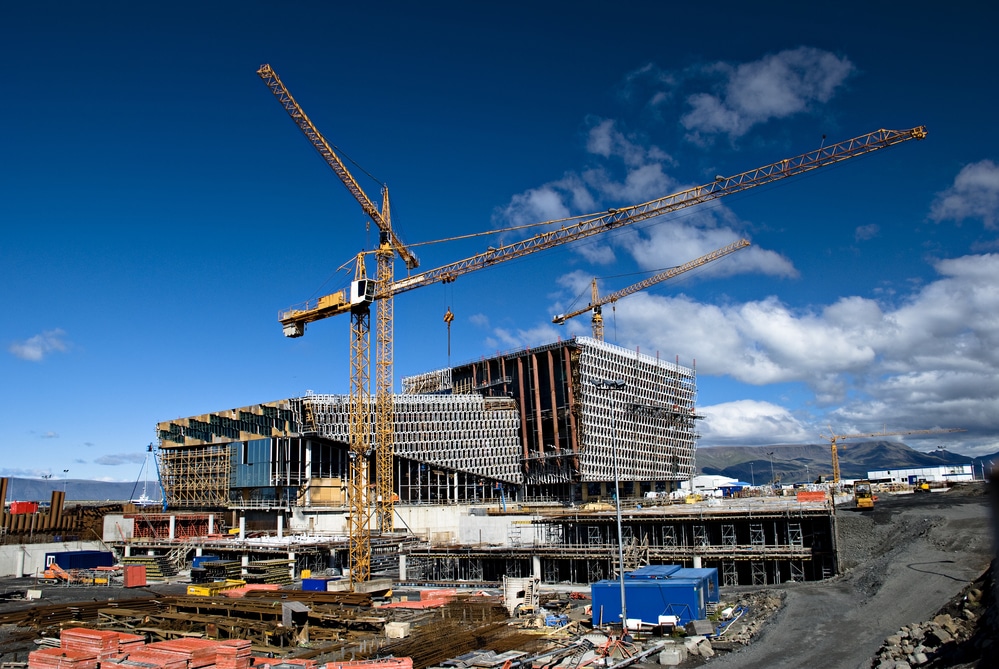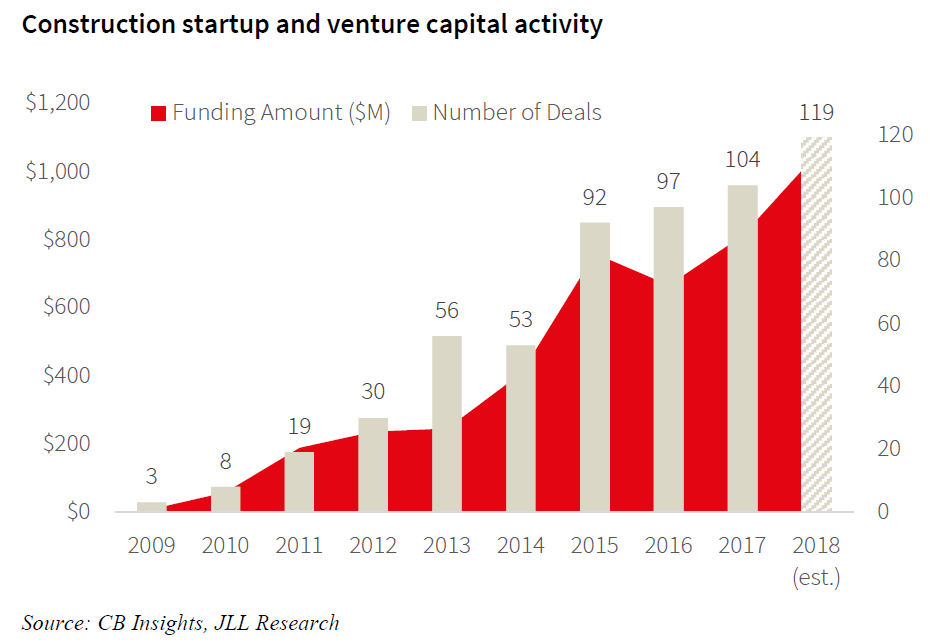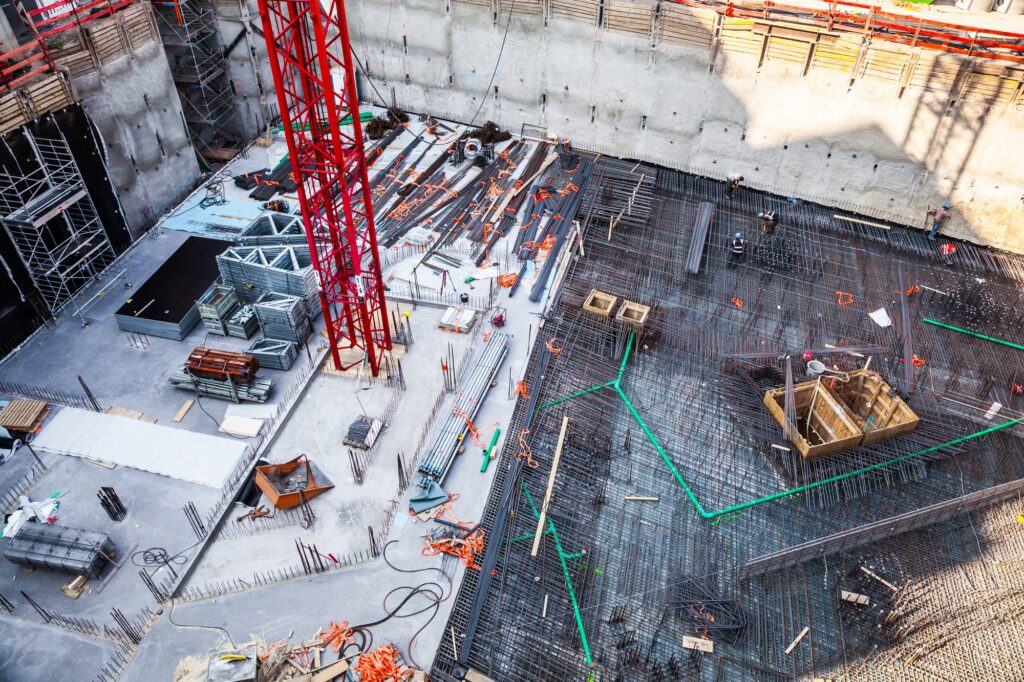The importance of real-time information in construction
For years, there has been a time lapse between the main office and the construction sites when it comes to data and communication.
That gap created numerous delays that needed to be avoided to keep a project on time and on budget. While cell phones, and now smartphones, have created a lull in this lapse, they aren’t always used to their fullest potential.
When mobile devices first came out, the information that was needed was relayed to those in the office or in the field via a phone call or a meeting. On a small scale, this tactic might work fine and not become a bottleneck.
However, when multiple people should be reached, all those calls can create a lengthy process that is hindering the smooth development of the project.
As digital technologies progress, smartphones and tablets can be used to crush this communication gap, while allowing everyone to share project updates and report from the field in real-time when that’s necessary.
Everyone can receive that updated information instantly, which leads to fewer delays and less time lost playing the waiting game.
In that sense, the ability to report on project progress in real-time can help decisively in bridging the gap between the construction site and the boardroom and introduce a collaborative and more efficient way of work.
How companies can support the use of real-time information in construction
The construction industry is at the moment under a substantial paradigm shift as a result of the extreme pressure that has been put on it due to low productivity, high rework rates, and fragmented communication.
The good news is that construction companies can now take the situation into their own hands thanks to the rapid development of digital solutions. In a nutshell, here are some of the best ways for organisations to support the use of real-time information in construction:
Go mobile, go cloud!
The cloud is consistently gaining more traction, as it allows people to access any type of information that they need regardless of where they are.
Simply put, everyone at the job site, a customer’s location, and any other place can effortlessly find what they need in a short amount of time.
Read also: We need to collect more data and it goes through digital adoption
This allows people to avoid numerous phone calls when searching for a report that was printed on a piece of paper and keeps them from having people waiting because they need to return to their office to log onto their system.
Of course, the cloud is not a cure on its own. On the contrary, there should be a solid framework around it and a strong focus on data and the way both the field and office teams are working with it.
Learn from the data
There are many who describe data as the oil of the new era. But that idea is not accurate. Data is even more important than oil due to its infinite nature. This is why companies should pay extra attention to it if they want to empower the delivery of real-time information in construction.
And more important, these valuable pieces of information can help the organisation work smarter in future projects by replicating the same systems and processes. In that sense, project teams can become wiser with regard to how they should manage real-time data and updates.
That’s a critical advantage of data and highlights the importance of investing in the proper implementation of digital solutions in construction.
Construction Software
Construction software has gradually increased its presence and is no longer considered a “nice to have” but a necessity for most projects in the industry.
This makes total sense if we take into account that project managers used to create schedules, reports, and more using paper and a pen or a pencil.

While that was a good way to keep things moving along some decades ago, the advent of the digital era has created numerous new opportunities for the sector. Through construction software, project managers will be able to do their work faster and better, plus they can share it all instantly with the tap of a few buttons.
There are a plethora of different software solutions that could help you address problems in different areas of the building process (planning, snagging, estimation, etc).
Regardless of the type of software an organisation wants to implement in a construction project, there is an important element that should never be ignored. The new tool should be able to interact. With the rise of the digital ecosystem, it is essential that all solutions can exchange data and insights in real time enabling stakeholders to make data-driven decisions in a quick and straightforward way.
Mobile field reporting
It is no secret that in a construction project information is everywhere and can be a source of confusion for everyone involved. That being said, aligning all project agents by simplifying the reporting process is of vital importance.
Mobile field reporting can help decisively in that direction as it helps a number of people on site (eg. foreman, project architect, QHSE manager, etc) to use less time on creating reports and following up with the different subcontractors.
Furthermore, mobile field reporting ensures that fewer misunderstandings will arise during the building process and that all field teams will remain on the same page and be fully prepared to start their tasks when the time comes.
This parameter is indispensable when it comes to confronting an issue on the field as soon as it emerges in order to avoid costly delays and painful rework.
Investment in R&D
As reported by JLL, just in the first six months of 2018 venture capitalists invested in construction technology more than $1.05 billion dollars. This number is 30% higher than the one in 2017 and it proves the enormous potential that digital solutions hold for the construction industry.

Without a doubt, the digital wave in construction is becoming stronger every day and has a significant impact on laying the foundation for a more efficient exchange of real-time information in construction.
This direct and fact-based way of communication between the numerous participants in the project will eventually be a game-changer for the sector and contribute to a better connection between the site and the boardroom.
Why real-time information and data is important for construction
By now, it is clear that companies and organisations in the industry need to do their own effort in order to ensure that they get the most out of sharing real-time information in construction.
Nevertheless, it is substantial that everybody in the sector is well aware of the true value that data and real-time updates bring to the table for the industry. With that in mind, here are the 5 reasons why real-time information and data can be decisive for the successful development of every construction project:
1. Increased employee productivity
Real-time information can prevent a slow down in any work at the job site that can be caused by information not reaching the proper people in a timely manner or reports and other information getting lost.
The subcontractors, for instance, need to just come on the field at a specific time with their equipment and start working. A slight change in the programme and they might have to come back and forth to a job site 20 times.
As a result, worrying about other trades slowing them down or them slowing other trades down is part of life on site because everyone is working in an isolated way with no access to the extra information they need.
And this is why a single source of truth to follow up all tasks and avoid disputes is necessary. Otherwise, the operational execution of the 3-6 week plan is in serious danger and you will have many cases where subcontractors turn up on the field in vain.
Improving the flow of data will ensure that everyone knows exactly what they are doing for the day and what they can do next if they finish their current job. This real-time data can even be used to find patterns that can show how the work can be done more efficiently in the future.
2. Less spending
Better productivity can save a company quite a bit of money. However, companies can also save money with employee wages, travel that could be otherwise avoided, and ensuring that nothing needs to be redone.
Find here: 10 ways to get your field teams to use construction software
Since a project manager can see the costs in real time whenever they want, they can keep tabs on the project and make adjustments as necessary to ensure that it gets completed within the pre-approved budget.
What is more, a better planning process will eventually lead to better material management, substantially less waste and a construction process where everything progresses according to the agreed time frame.
3. Better communication
Since everyone will have access to all information wherever they are, they will have no excuse to not know what is going on at each phase of the project. This improved communication will ensure that better decisions are made by everyone.
Moreover, it will decrease significantly the possibility of costly project disputes. That is for two reasons.
First of all, there will be a better understanding of the different sides as everyone will have access to the latest updates. Secondly, there will be an objective source of truth where everybody can go back and search for the party responsible for the beginning of the dispute.
In general, though, the ability to share real-time information in construction can certainly take a heavy burden off the project managers’ shoulders and help in establishing better communication channels between the different teams. In the long run, that element can have a great impact on restoring trust in contractual relationships.
4. Higher accuracy
Inaccurate data can cause any construction project to go past its deadline or go over budget, which is why companies are embracing real-time data and information.

Every company that utilizes technology that automatically creates the data needed will find that they rarely have information that is wrong. The newest technology allows companies to avoid inputting errors that have been created by humans for years.
Given the increased influence of standardisation and modularisation, it becomes evident that by creating the right context for sharing real-time information in construction, the sector comes a step closer to building with higher predictability in terms of timeline, budget, and resource management.
5. Improves the decision-making and problem-solving strategy
Real-time information and data can allow anyone at construction project sites to quickly make a decision or solve a problem. No one will need to wait to get back to the office to find what they need or make a phone call to find the answer that they require, and instead can simply pull the information up on their phone or laptop. This will keep everyone on task and allow them to continue working with minimal delays.
Construction companies are thriving with the capability of utilizing real-time data and information and that is going to be improving even more in the future as technology advances again.
Final word
Leveraging digitalisation will increase profitability in construction and will add much more accuracy at every stage of the building process. The use of real-time information in construction can provide a critical competitive advantage to an organisation and help them remain one step ahead in terms of planning.
Stakeholders in construction should always keep in mind that data and digital solutions aren’t a cure on their own. The successful implementation of construction software requires a well-articulated working framework and a close connection between the construction site and the office. That’s why it is always important that you start small in this process and build on the feedback that the real-time data offer.
Back to you, what are the biggest benefits of sharing real-time information in a construction project in your experience? Does the industry have the right structure to embrace this strategic shift that is coming?




